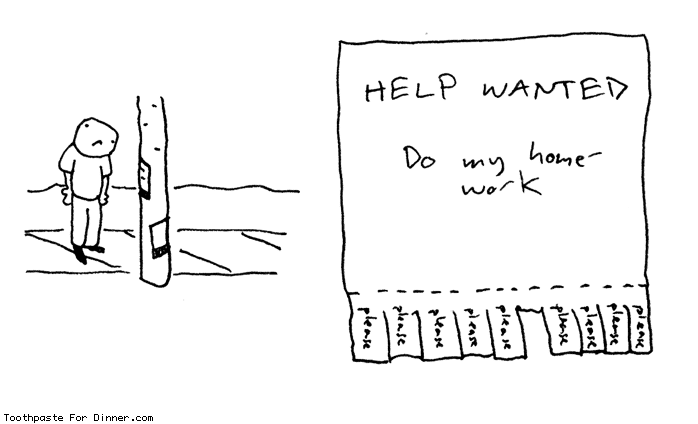The Factor Market January 15, 2009
Posted by petrarcanomics in Factor Market, Videos.add a comment
Optimum Use of a Resource
The factor or resource market is where households sell resources to firms in return for wages, interest, rent, and profits. The demand for any resource is determined by the additional revenue that can be derived from the marginal product that that resource can produce. The optimum amount of use for a resource is determined by the price of that resource being greater than or equal to the additional revenue or marginal revenue product that can be earned from putting that resource in use.
For example, if a firm were to hire an extra worker at a wage of $15.00 an hour, that firm must make additional revenue that is greater than, or at least equal to, $15.00 an hour.
Because of the law of diminishing marginal returns we know that as a firm increases its employment of a resource, at some point the marginal product will decline. Therefore, the optimum use of the resource will occur where marginal revenue product (MRP) equals marginal resource cost (MRC). Marginal revenue product (MRP) is the marginal product times the product price [MRP = MP X PP].
Check out this corresponding lesson on Reffonomics.com.
Economic Rent
Some resources that are in a fixed supply are worth far more in that particular use than they are in the next best alternative use.
Fore example, a brain surgeon may make $500,000 a year in salary, but in his/her next best alternative occupation, he/she might only earn $75,000 in salary.
When the resource is rare and in a fixed supply, they are far more valuable than they are in their next best alternative use. Any increase in demand for that resource will go completely to its economic rent or value. The last few years not withstanding, economic rent is the reason why real estate has always been a long term investment. The amount of land will not increase, even though the demand for it may.
For a more in-depth explanation of economic rent, check out this Wikipedia article.
Competitive Factor Markets vs. Monopsony Factor Markets
In competitive resource markets, firms must pay the going competitive price for a resource as it is one of many firms competing to employ that resource. Firms hiring labor are essentially wage-takers because they must pay the going wage for the worker or risk loosing them to another firm.
In a monopsony market where there is only one hirer of the resource, the firm has the ultimate leverage in paying for that resource. Monospony industries will hire less workers than competitive industries and pay them lower wages. The monopsony firm is the entire market for that resource, so as it employs more workers it must not only raise the wage of the new worker that it employs, but it must also raise the wage of the existing workers it already employs. As it produces more product, it lowers the product price as well. For these reasons, monopsony resource markets are harmful to both workers and consumers.
Check out these helpful videos on Monopsony markets:
